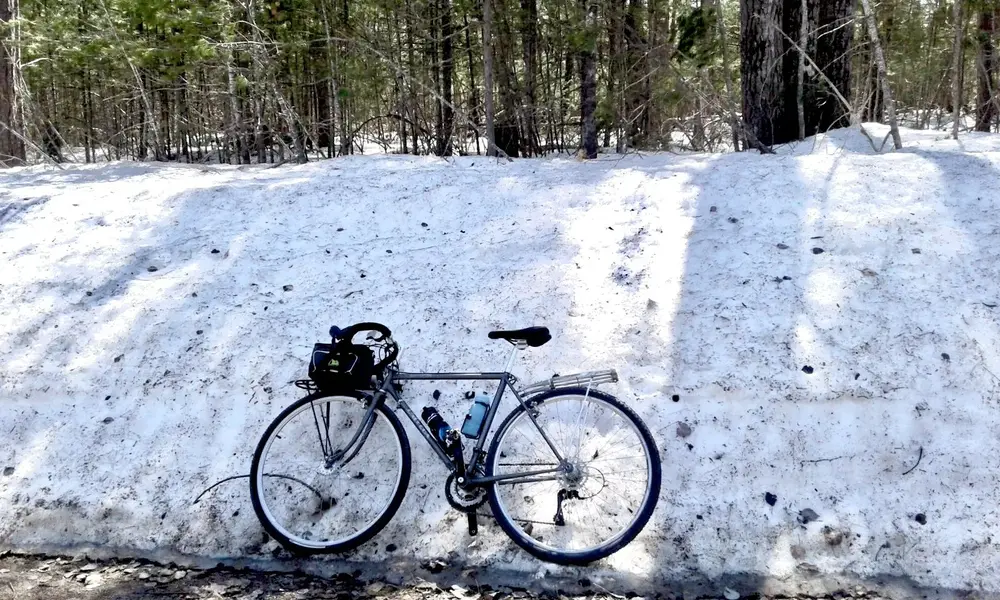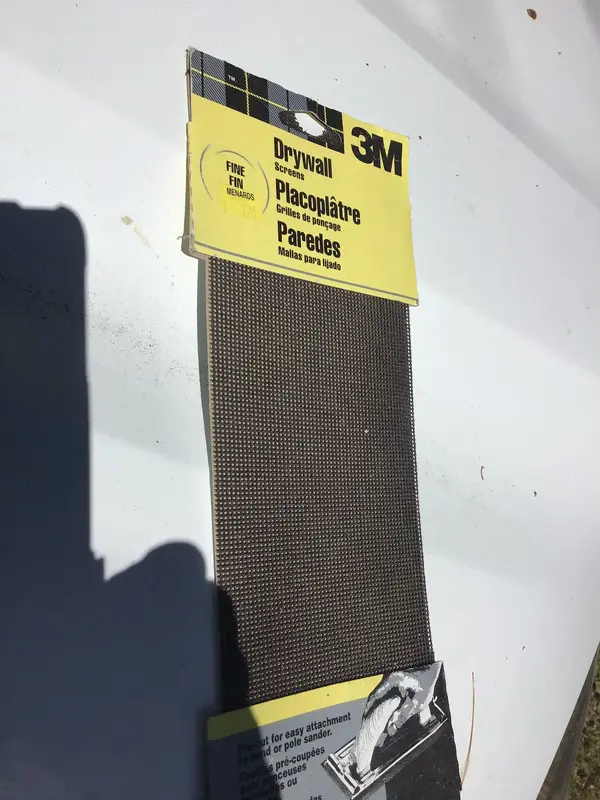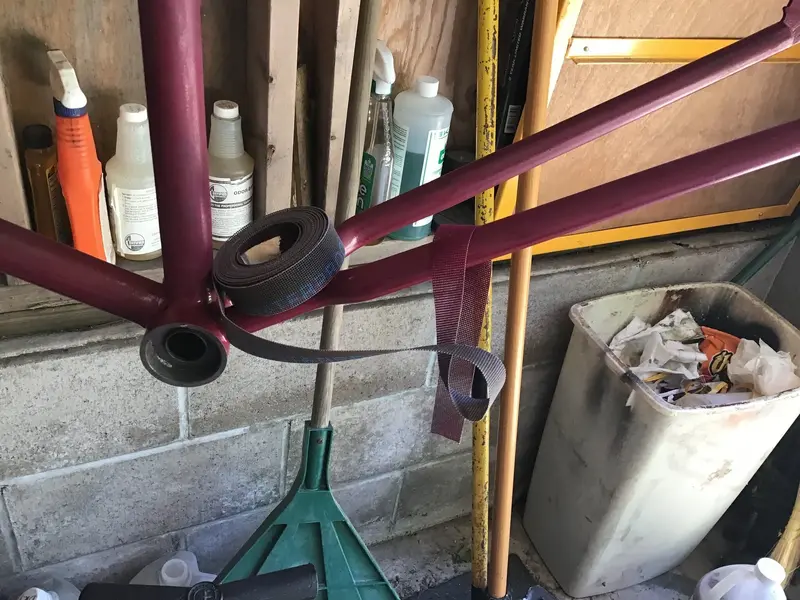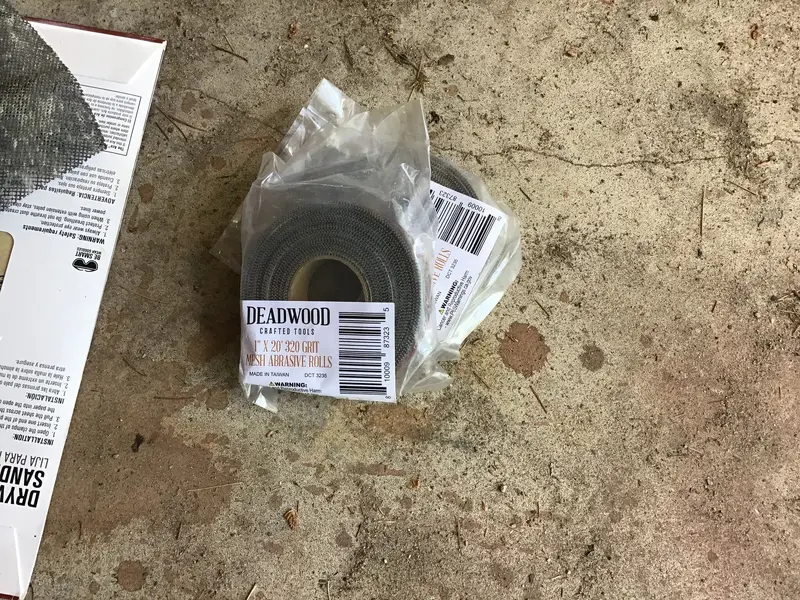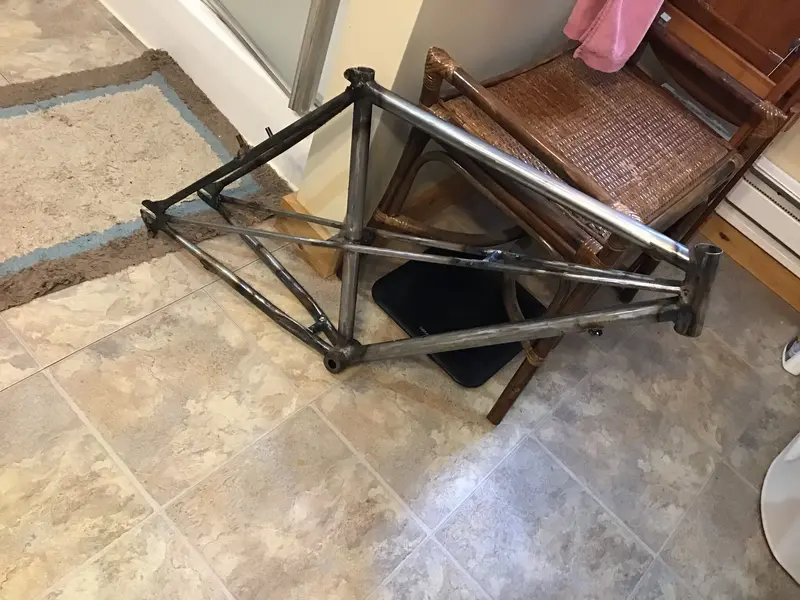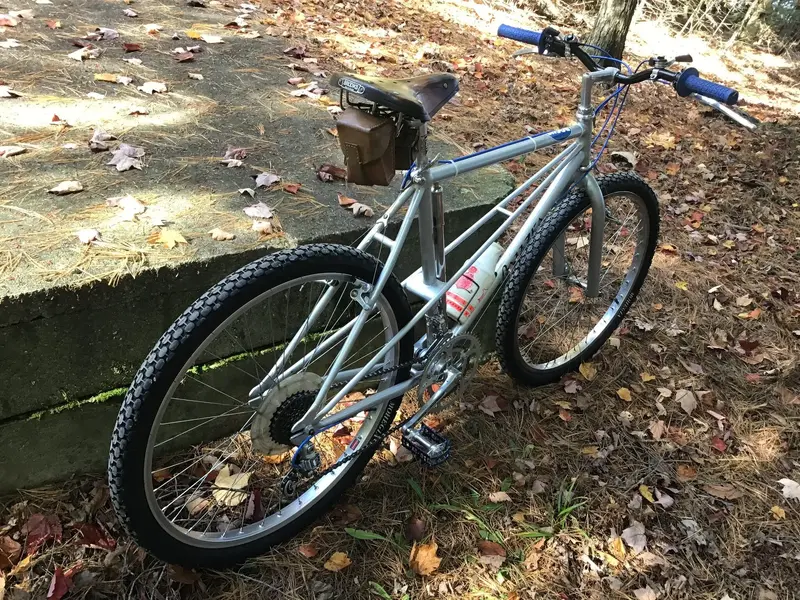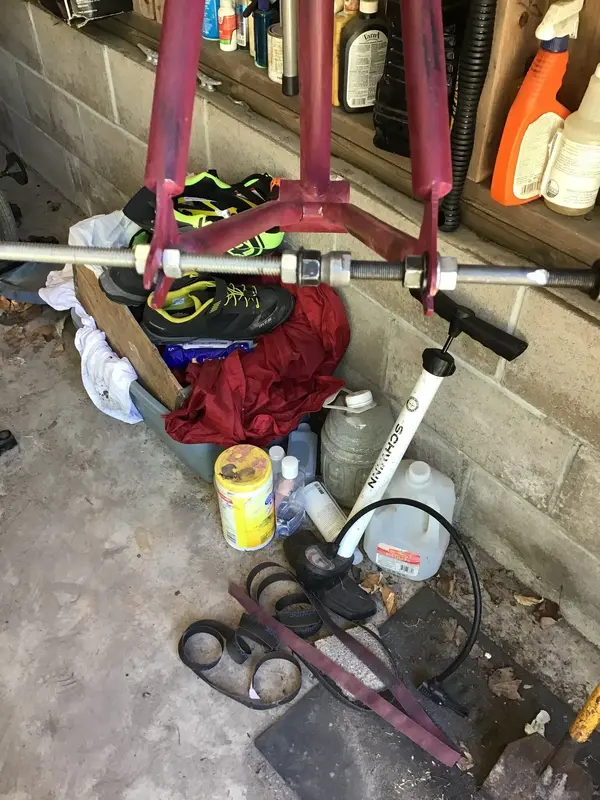torqueless
Senior Retro Guru
Imo if you are re-assembling with old balls it is worthwhile passing them through a micrometer and getting as close as possible to equal-size balls in any given race. The tight spot in my pedal disappeared when I did that.If it's gritty or tight spots, I live with it. If I wanted super smooth I could buy new shit. I think restoration / saving century old bikes is not about that; it's about other things and über frictionless just needs to take second place in the bigger picture.
